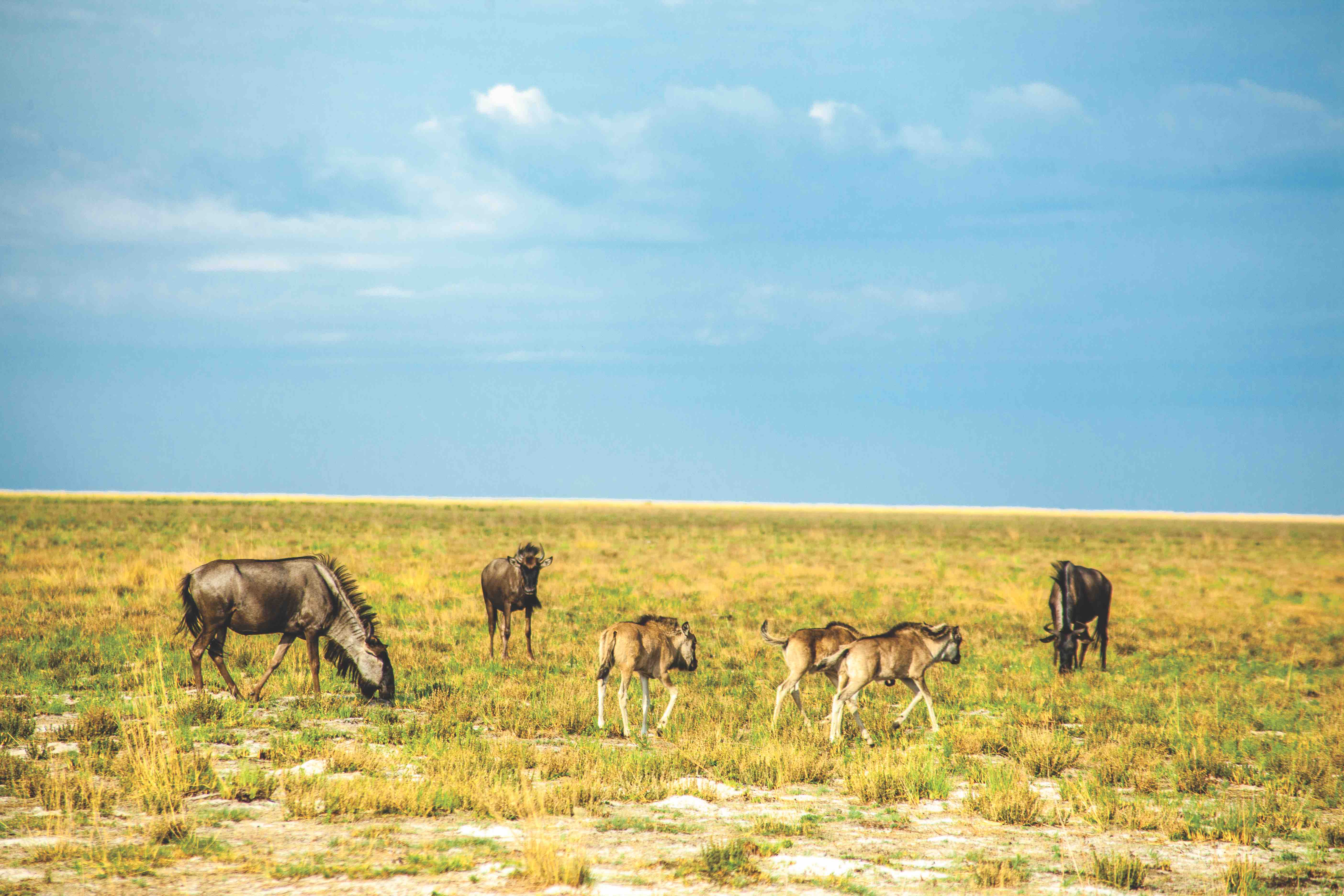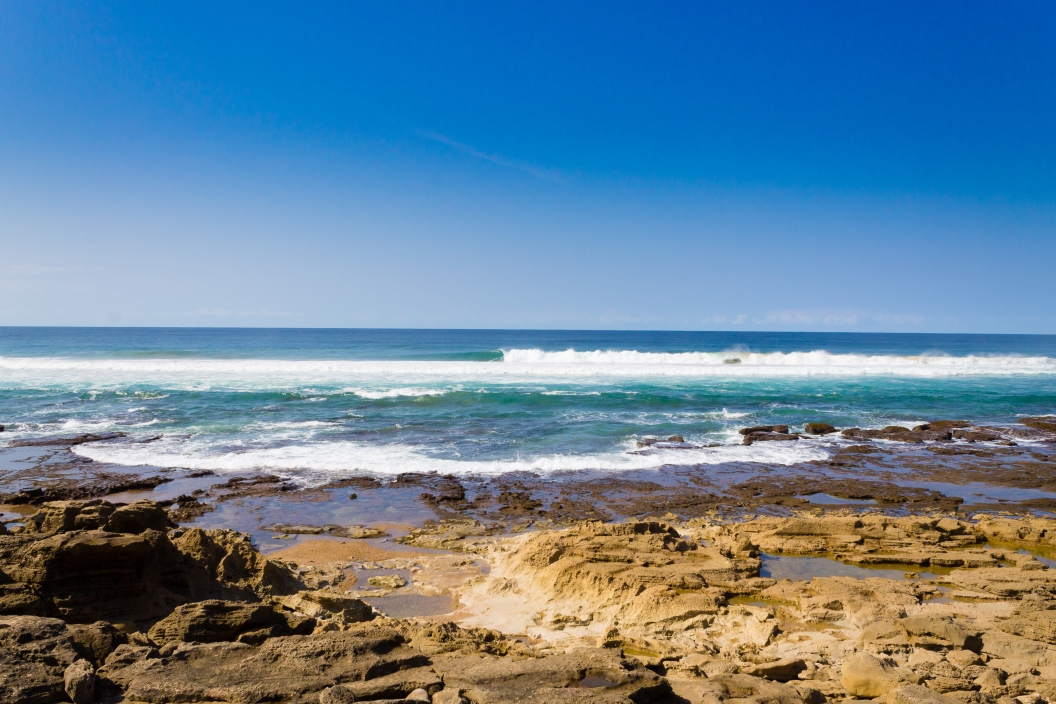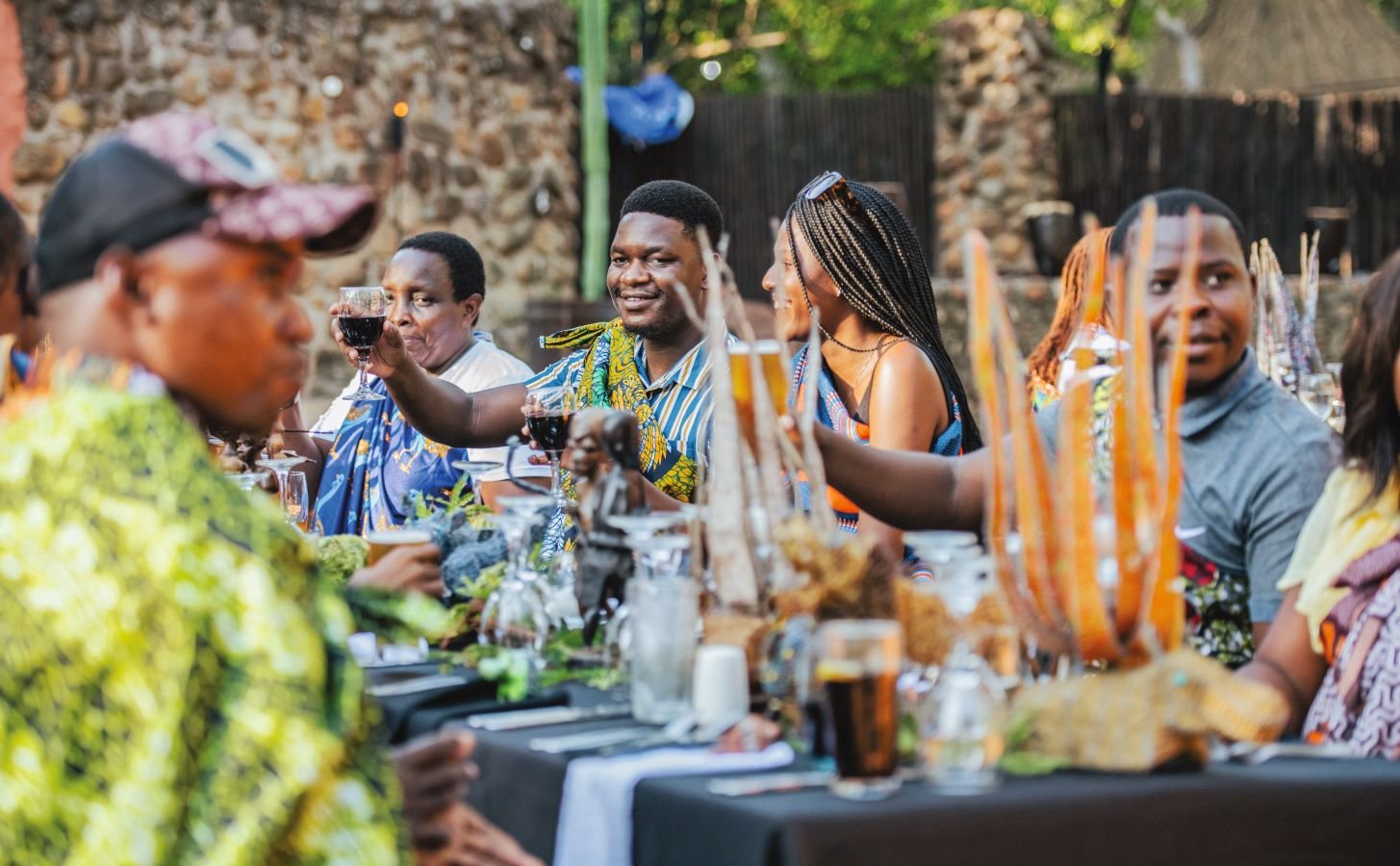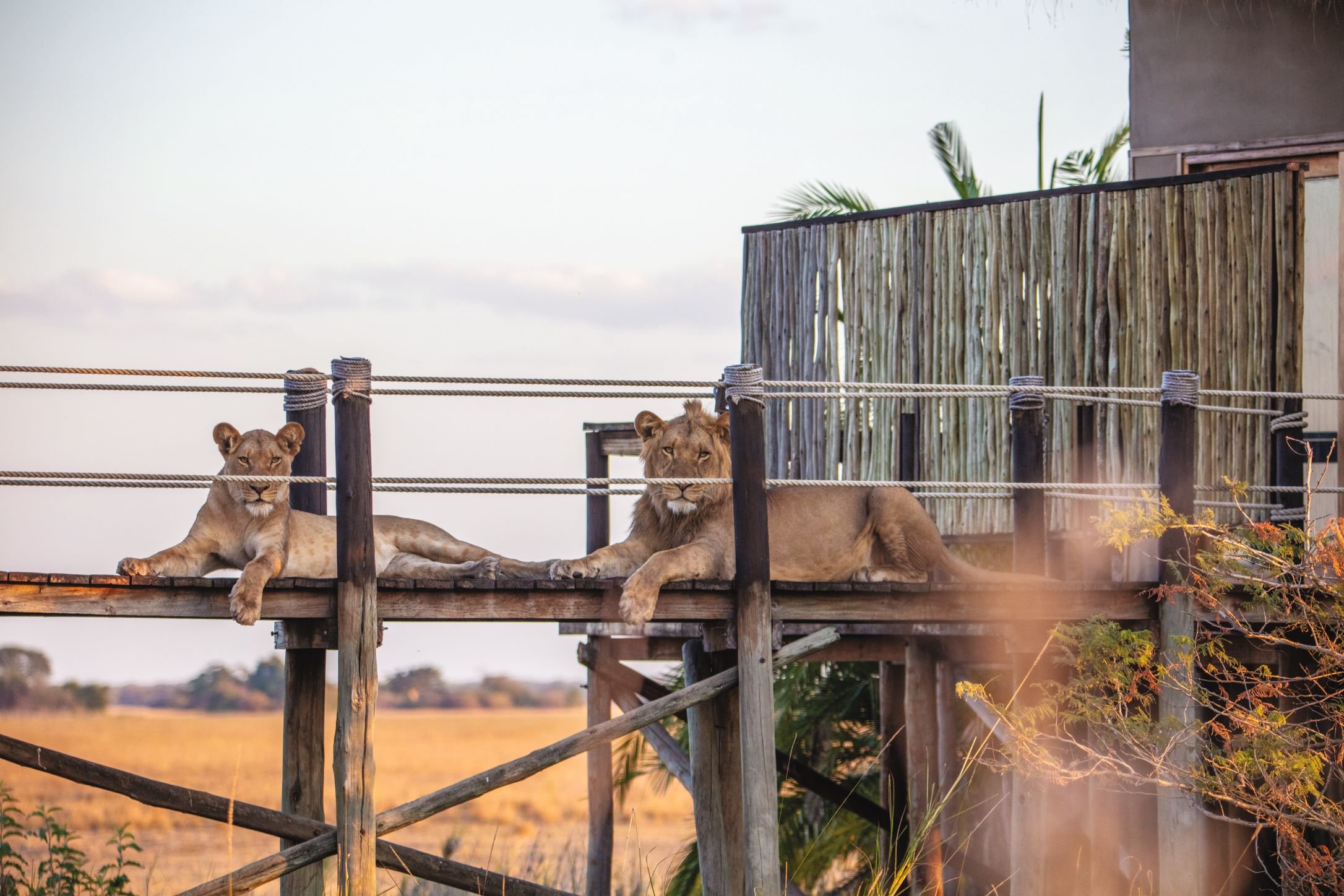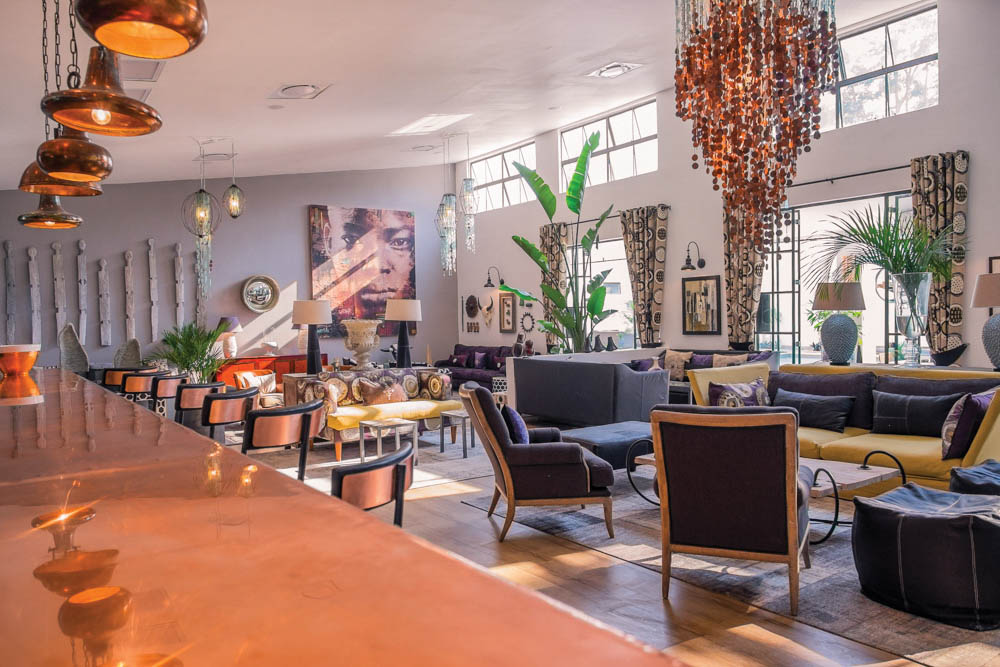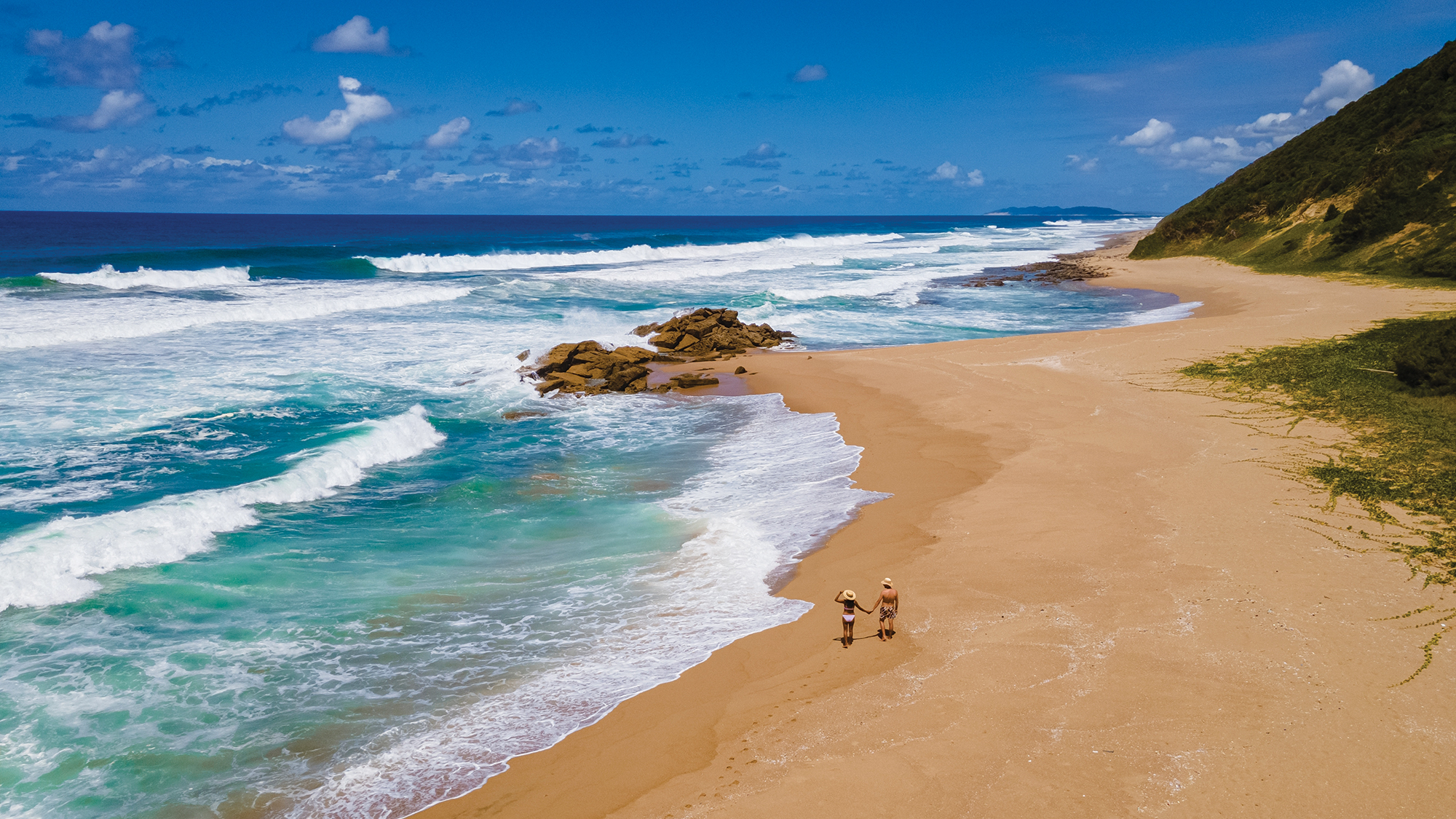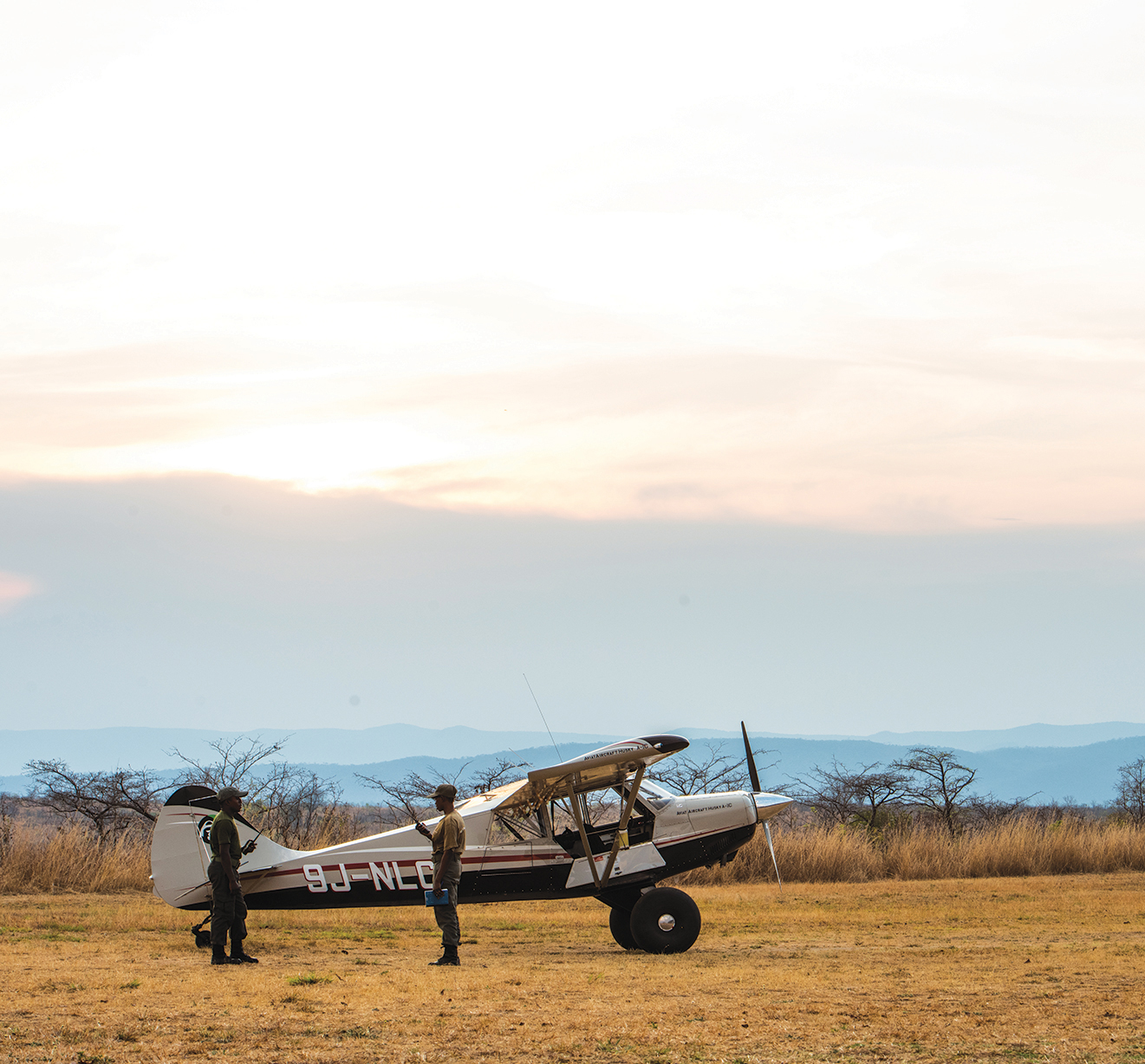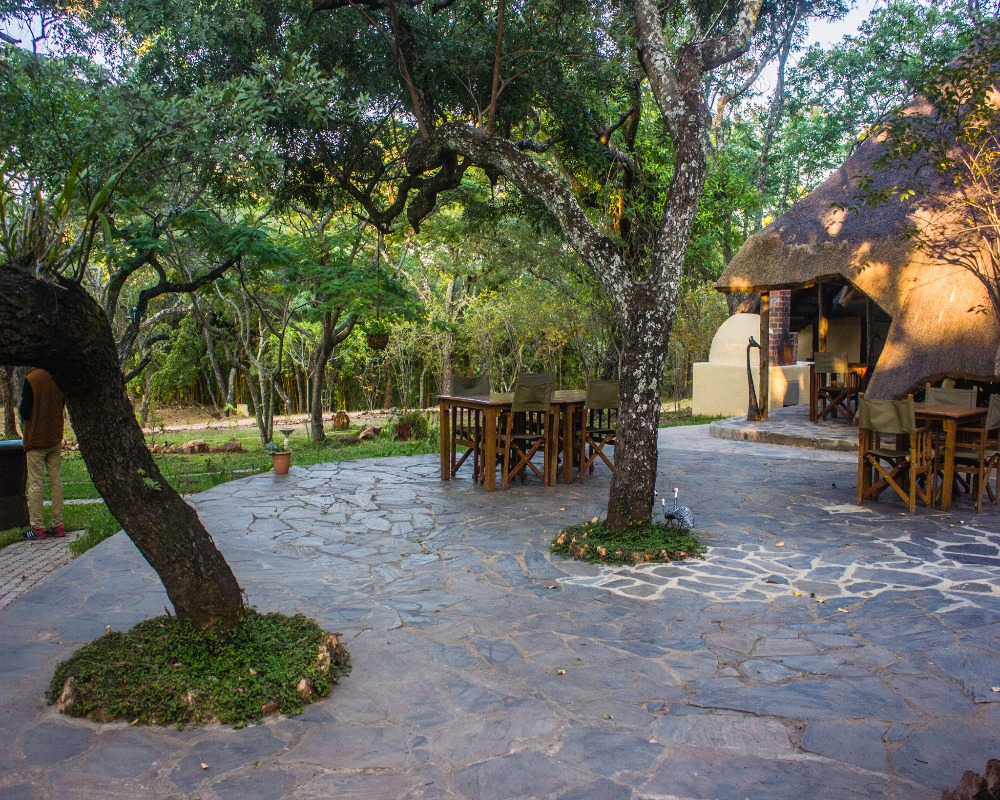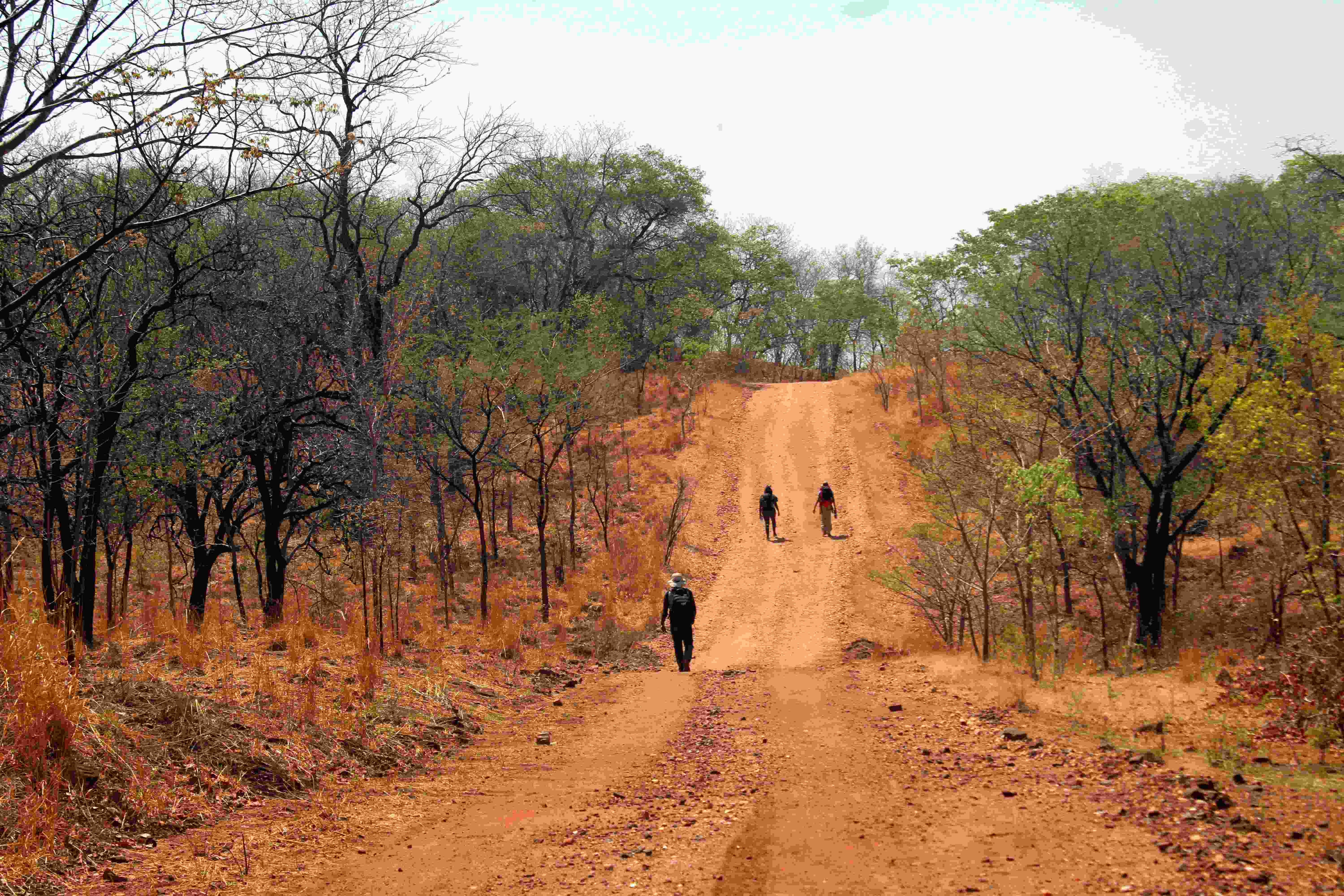The Land Cruiser glided through the ash-grey sand like a metal beast, sliding side to side with each steering wheel whip from our local guide, Rabbi Kunda.
“It’s calving season for the wildebeests,” he said with his hands firmly on the wheel. “They drop their young ones during the onset of the rain.” Liuwa Plain National Park in Zambia is home to the second largest wildebeest migration in Africa.

Managed by conservation organisation African Parks (AP), in partnership with the Zambian Department of National Parks and Wildlife (DNPW) and the Barotse Royal Establishment (BRE) since 2003, Liuwa possesses a number of unique characteristics and animals. Hyenas normally wait for lions to make a kill and then scavenge what remains. In Liuwa “they hunt for themselves,” Rabbi—a living repository of wildlife knowledge and hilarious capers—tells me.

The park was also the home of Lady Liuwa, the enchanting lone lioness of the plains believed to be the reincarnated spirit of Mambeti, daughter of a past Litunga’s (Lozi king) favourite hunter and mystic man. A special bond grew between Lady and the villagers in the park. The lioness would visit the villages during the day, not attacking cattle or its residents, and then rest at Mambeti’s burial site. Lady Liuwa passed away of natural causes at almost 18 years of age in 2017.

We were welcomed to the Time + Tide King Lewanika Lodge with warm towels and a Liuwa Sunrise – the lodge’s signature virgin cocktail. Siku Mutukwa, the lodge’s manager, led us through an immaculately thatched walkway to the main deck and dining area. Siku is the warm aunt that makes sure you’re always fed, or the old friend you regularly catch up with over a glass of wine.
“I like it here because of the peace and quiet,” she said looking out over the grey wood of the deck. African Parks partners with Time + Tide to build fine accommodation within the national parks they manage. The King Lewanika lodge is the only permanent accommodation in the park and is the lovechild of luxury and the rugged wilderness. You can sip Liuwa Sunrises as you watch the sunset over the plains; or venture out in a 4×4, dust trailing in your search for birds and big cats. We were there for all of it.

The next day I woke up to a view of the wet plains; the grass a bleach blonde shade and the sun smudging the clouds into an orange colour pallet. You can count the number of trees in some areas; most of the sprawling land is covered by yellow and golden grass when the plains are parched. With continued rains the grasslands transform to an emerald green expanse.
On that day we would be heading out with Deon Joubert, Liuwa’s Park Manager. I was thinking about our itinerary for the morning when the petrichor eased into my nostrils. Still at King Lewanika Lodge copper, brown and auburn leaves crunched beneath my shoes on the short path to the main deck. I savoured all I could between my villa and breakfast.
“It’s about the eighty-eighty rule,” Deon said over the engine’s roar. “Focus eighty percent of your manpower where eighty percent of the game is.” Some people grow into their roles, fumbling and learning the ropes as they go along. Deon gives you the impression that he was made for conservation. He could go from sharing some obscure knowledge about the feathers of wattled cranes to explaining the intricacies of the Community Development Fund’s financial model for the community camps in Liuwa. He embodies what AP is about.

AP’s model is to obtain contractual mandates with governments for 20 years, wholly taking up responsibility of park management and law enforcement. Their mission is to ensure that each park is ecologically, socially and financially sustainable in the long-term. Their efforts blend wildlife conservation with economic development, helping alleviate poverty in the surrounding communities. With an estimation of over 16,000 people living in the park, this is no easy feat and human wildlife conflict is a reality.
After visiting Katoyana Camp, one of the community camps built by AP for people on a budget as well as the desire to rough it out in the park on their own (even though the camp has solar geysers, plumbing and running water); we visited Sibemi Primary School. Sibemi is one of the beneficiaries of a combined project between AP and Time + Tide , most notably gaining from the water pump set-up there. Wide-eyed school children observed his hand gestures with curiosity as others thrust gushing water from beneath the earth through the blue metal conduit. People had to travel long distances to get water, but this pump along with others to be installed, will greatly help the community.

Liuwa Plain National Park is a bird watcher’s paradise. With over 300 recorded species, winged creatures vary in size and rarity with the seasons. The best time to see the birds is the period after the first rains in November and in June just after the rainy season. However, when it begins to pour heavily, the terrain can become impassable. Rabbi had a keen eye for the birds, spotting a rosy-throated longclaw in the grass here and a bevy of crowned cranes there.
Wildebeest and their calves would run a distance when they’d see our green sand-crocodile coming, stopping briefly to see if we were some kind of metal animal and then sometimes bolting. Winged wonders would fly above us or swoop down in the distance, their intricate and colourful feathers seeming to change shades with the hue of the sun.

Sometime before sundown, we met a spotted hyena lazing in the white sand track before us. It looked up at us almost nonchalantly and then got up to walk away, leading us to a den where its family resided. Three hyena cubs cooled off as the sun descended. Their relaxed demeanour was comforting.
When the hyena cubs paused their infant howling, you couldn’t hear a thing. Each of us sipped our sundowners in silence, marvelling at the setting sun sinking behind some tattered clouds and then touching the horizon. This descent signified the end of the day for us, and the ascent of the moon signified the beginning of the night for the spotted beasts.
The park is home to 13 lions at the moment. AP had also introduced a male lion from the Kafue National Park back in 2016. Unfortunately, we weren’t going to get the pleasure of observing these magnificent felines. They had travelled too far north for us to reach. However, we set out the morning of our last day to seek another big cat. About 20 cheetahs inhabit the plains and finding them was no easy task.
Rabbi sent word out to his Zambia Carnivore Program (ZCP) contacts over the radio and we had to wait for feedback on any cheetahs spotted in the area. We parked by a pan surrounded by rich green grass and dozens of birds. A crew of crowned cranes encircled two of their own. The surrounded male raised its wings to show off its feathers and hopped around its potential mate. I’d never seen birds behave like that. It was a marvellous thing to witness. The rest of the animals seemed to mind their own business: wildebeests kept their heads low, scooping up blades of green with their teeth; African spoonbills dipped their beaks into the water for fat fish and insects. We left before it got awkward.

Rabbi drove around for what seemed like an eternity, us perking our ears at any static over the radio and eavesdropping on conversations between ZCP ecologists in hopes to learn about the whereabouts of the closest cheetah. Our first target seemed like a wild mongoose chase but Rabbi kept the faith, punctuating animal facts with humour.
“This place is a paradise because there’s more food than other parks,” he said breaking the silence. “The lions are bigger, zebra are fatter here because of little competition. You saw the hyenas as well. And if you’ve noticed, some of the staff are big too.”

I’d dozed off for a bit when we finally found a cheetah. A ZCP ecologist was standing beside his dirt bike and observing it, seemingly unafraid of the fastest land mammal. It didn’t seem bothered by our presence at first, but then the slender spotted cat left within minutes of our arrival. We tailed it for what seemed like the accepted amount of time before you breach cheetah etiquette and then headed back to camp.
If it hadn’t been for my overactive imagination, perhaps we would have taken advantage of the sleep-out activity offered by King Lewanika Lodge. Tentsile tents are suspended by straps connected to three poles; “providing the versatility of a hammock and the security of a tent” out in the open. Their material allows you to get up close and personal with the animals, looking at the starlit sky and whatever wildlife might roam your way. We settled for a campfire dinner instead.
We sat around a fire telling our own stories and listening to those about how the Litunga of the 1900s would send out people to monitor the animals of his kingdom. We also heard stories about Sienga the mystic hunter and favourite of the Lozi kings. Today the Barotse Royal Establishment partners with AP and the Department of National Parks and Wildlife to ensure the safety of the animals and most importantly, the welfare of the people.

“The goal is to get back to as far natural as
used to be,” Deon had said the previous afternoon. “But remember that we have more people and livestock here now.”
African Parks currently manages 15 parks in nine countries with the goal of managing 20 parks by 2020. They have plans to expand their footprint in Liuwa and the rest of the continent. I’ll follow them anywhere they have silence as golden as Liuwa’s.
